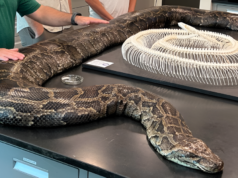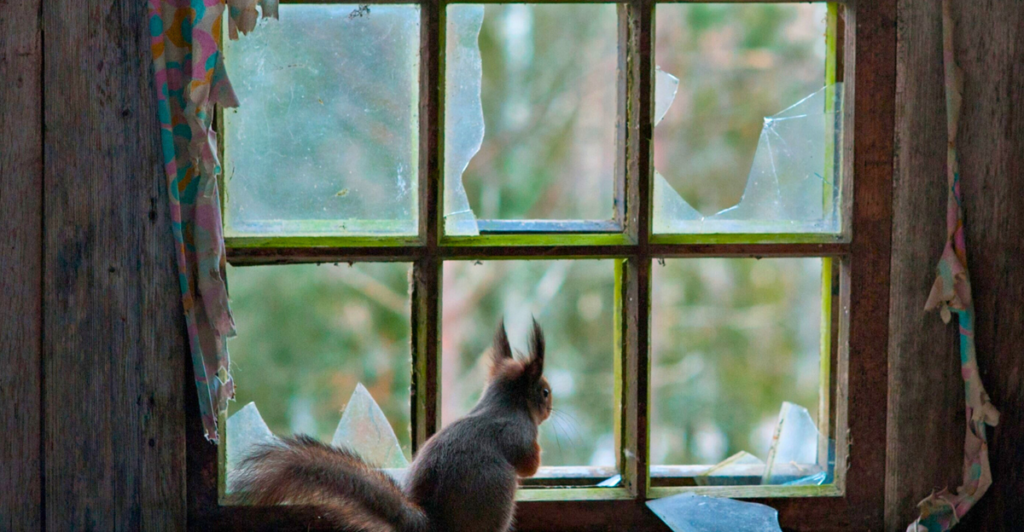
Once upon a time, forests were the ultimate weekend getaway. Hiking, camping, fishing—you name it. Now? Fewer and fewer people are showing up, and nature is noticing. Without humans keeping an eye on things, wildlife is suffering, conservation budgets are shrinking, and illegal activities are creeping in. Turns out, forests need human involvement to survive? What a twist, let’s get into it.
The Numbers Don’t Lie—Forest Visits Are Tanking
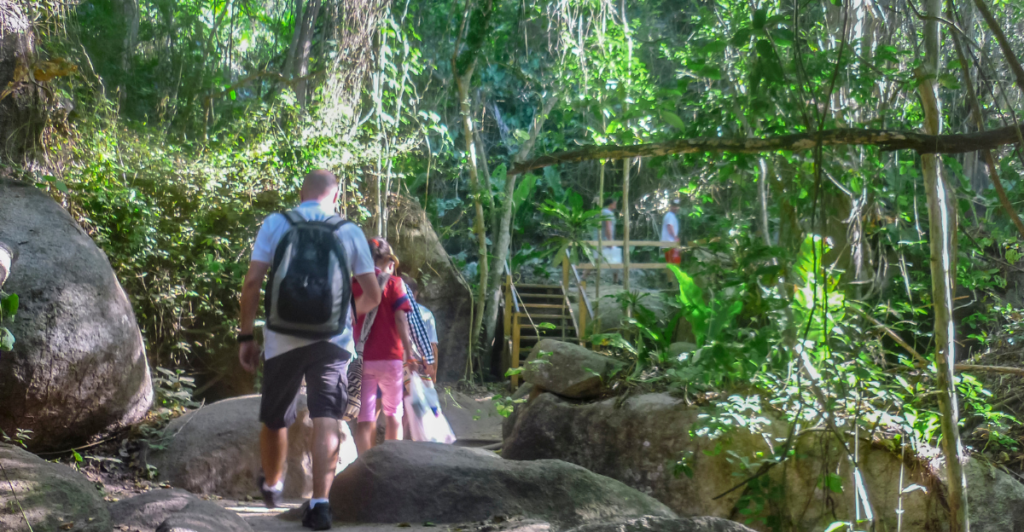
Sure, lockdown made people fall in love with the outdoors again, but that was a temporary fling. The truth is that forest visits have been declining for decades. And when people stop caring, it gets easier for governments to slash conservation budgets, businesses to bulldoze more land, and poachers to have a free-for-all.
Out of Sight, Out of Mind—And Out of Funding
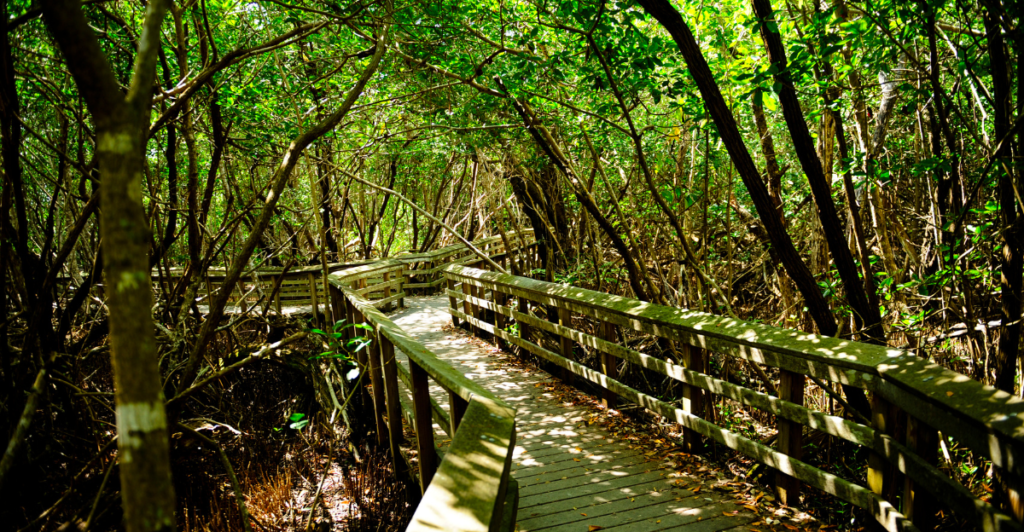
Fewer visitors = fewer dollars. National forests and wildlife reserves depend on tourism, recreation fees, and donations to fund conservation programs. When attendance drops, so does funding—and suddenly, there’s less money for trail maintenance, ranger patrols, and habitat protection. Translation? More neglected parks, more endangered species, and more room for destruction.
Budget Cuts = More Problems for Wildlife
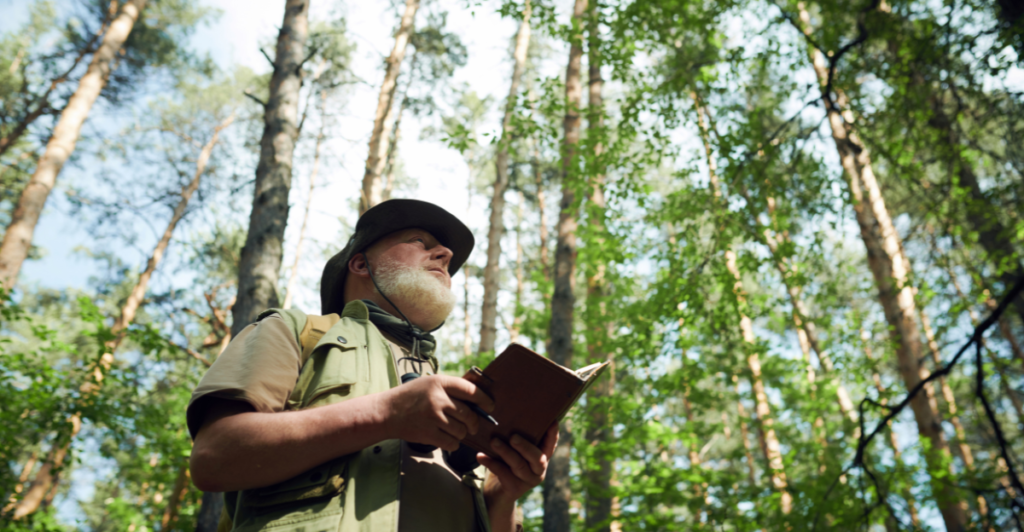
Think of park rangers as forest security guards. Now imagine firing half of them. What happens? Wildlife monitoring plummets, illegal logging and poaching skyrocket, and endangered species get even closer to the edge. This isn’t a hypothetical—budget cuts are already gutting conservation efforts across the country.
The Great Wilderness Crime Wave
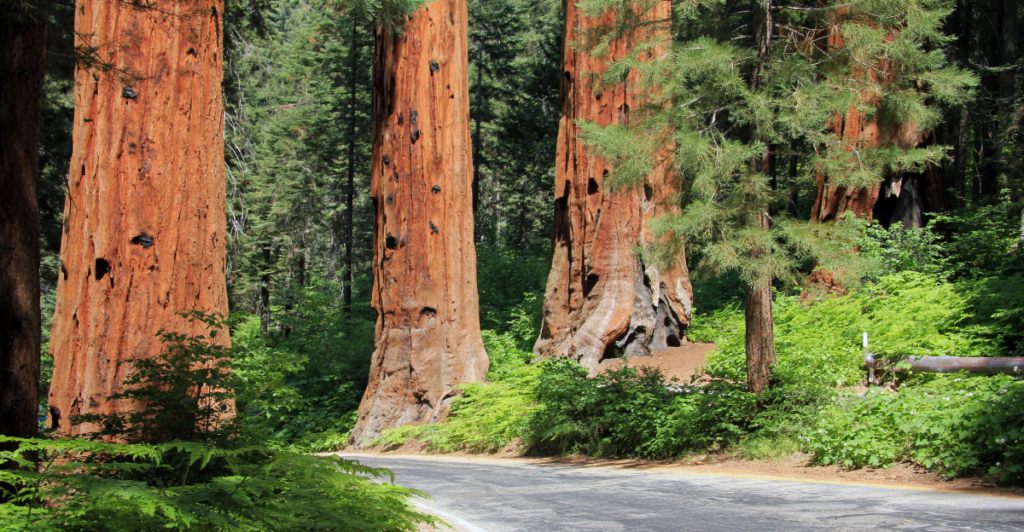
Turns out, humans being in forests actually deters crime. With fewer visitors and fewer rangers, illegal activities are on the rise. And guess what? Most of it goes unnoticed. With no one to report it, these crimes are happening in broad daylight—because, well, no one’s there to stop them.
Why Wildlife Needs People Around
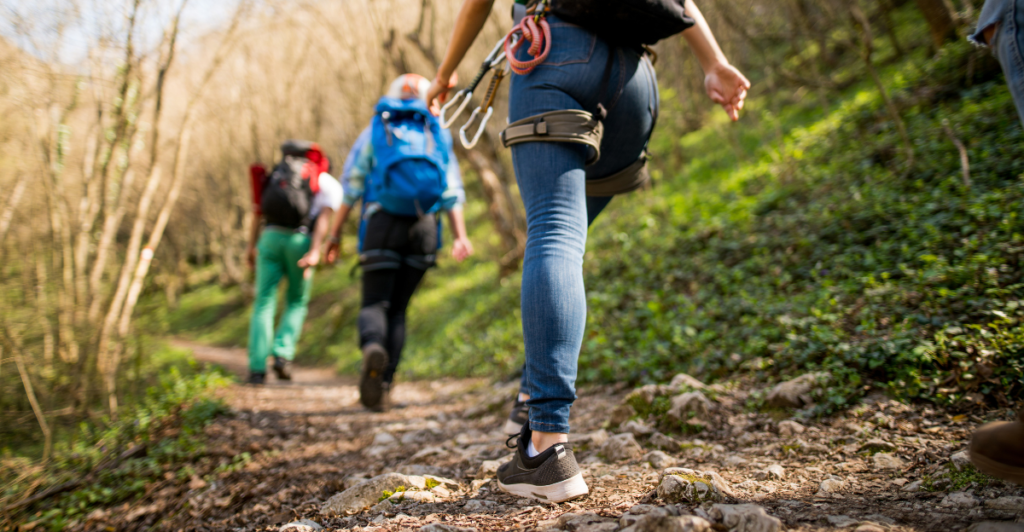
Believe it or not, some animals actually do better when humans are around. When hikers and park-goers visit regularly, predators are less likely to roam into populated areas, and poachers are less likely to take the risk. Now, with fewer people in the woods? Animals are either struggling in silence or getting hunted with no one to protect them.
Urbanization—Why People are Picking Malls Over Mountains
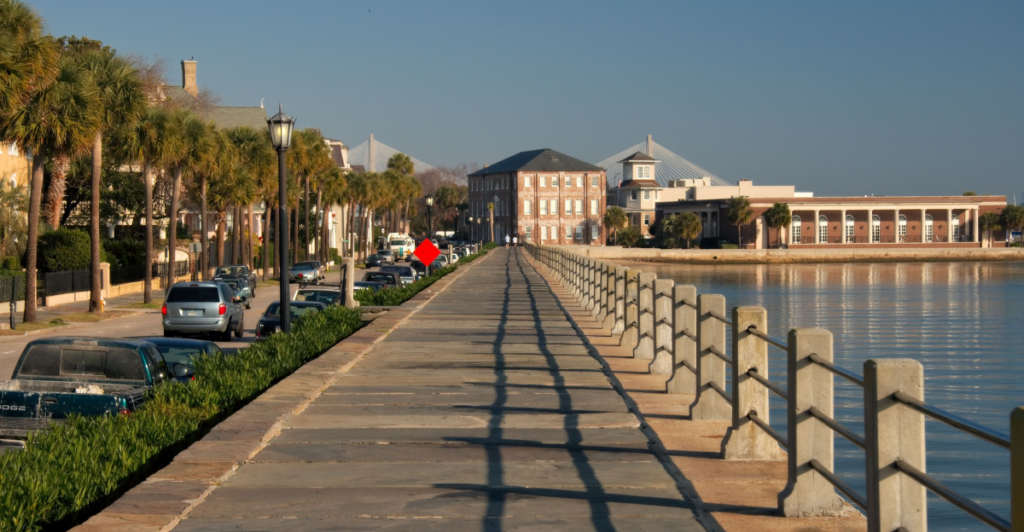
People are trading forest trails for sidewalks, and rivers for concrete jungles. With urban sprawl, more Americans are living farther from nature than ever before. The result? Fewer people growing up with a connection to the wild. And if you don’t grow up loving nature, you’re not going to fight for it.
Nature Deficit Disorder—Yes, It’s a Real Thing

Ever feel like staring at screens all day makes you anxious and exhausted? That’s because it does. Studies show that people who spend less time in nature suffer from higher levels of stress, anxiety, and even cognitive decline. And yet, we keep spending less and less time outside.
The Next Generation—Disconnected from the Wild

Ask a kid today what their idea of adventure is, and you’ll probably hear “Minecraft” or “TikTok.” With younger generations growing up glued to screens, their connection to forests and wildlife is shrinking fast. That means fewer future conservationists, fewer donations to national parks, and more indifference when nature is under threat.
The Economic Fallout—Eco-Tourism is Suffering
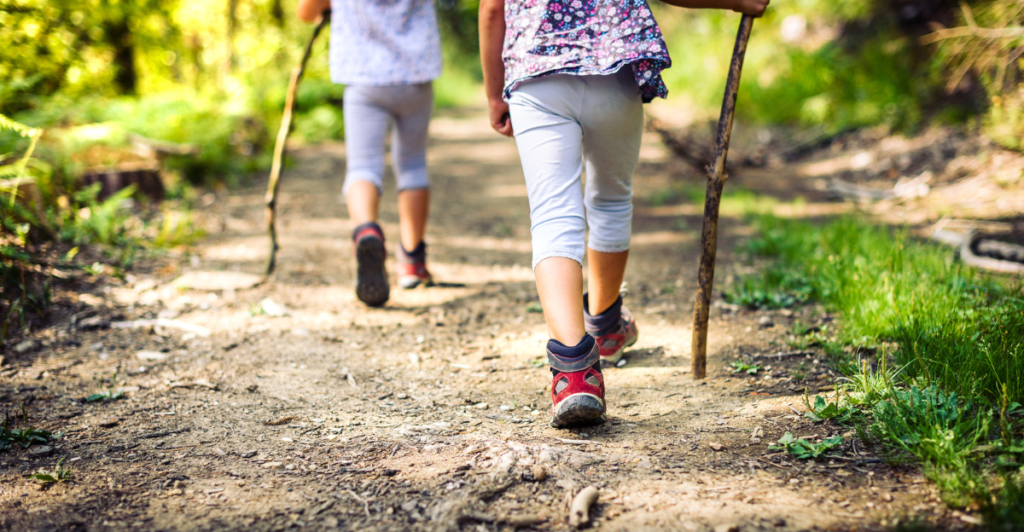
National parks, hiking trails, and outdoor recreation sites bring in billions every year. But with fewer people hitting the trails, local businesses, tour guides, and conservation groups are losing income. This isn’t just an environmental issue, it’s an economic crisis for communities that depend on nature to survive.
Not All Hope Is Lost—Success Stories Exist
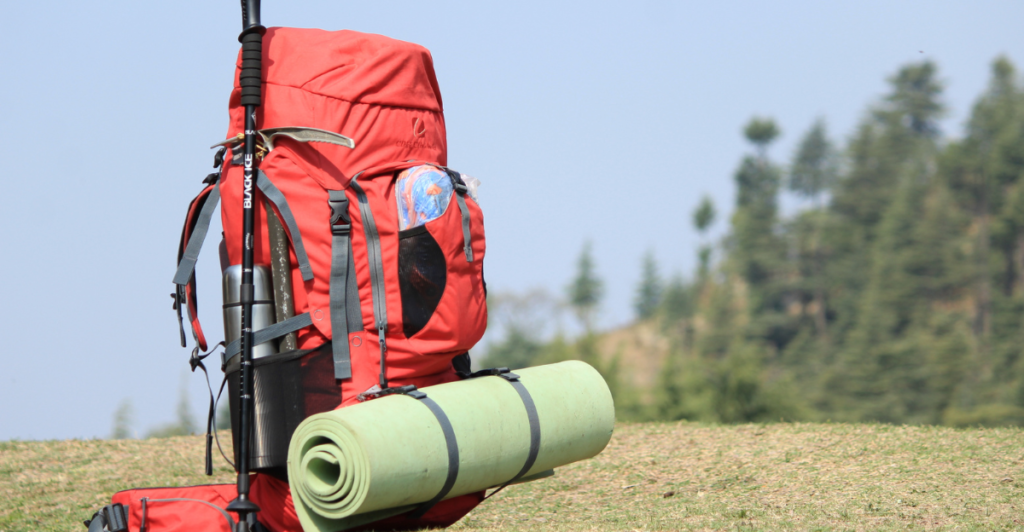
The good news? When people return to nature, things change. In areas where community-driven conservation efforts have ramped up, wildlife is rebounding, deforestation is slowing, and ecosystems are recovering. The message is clear—forests need us as much as we need them.
How We Get People Back Into Forests
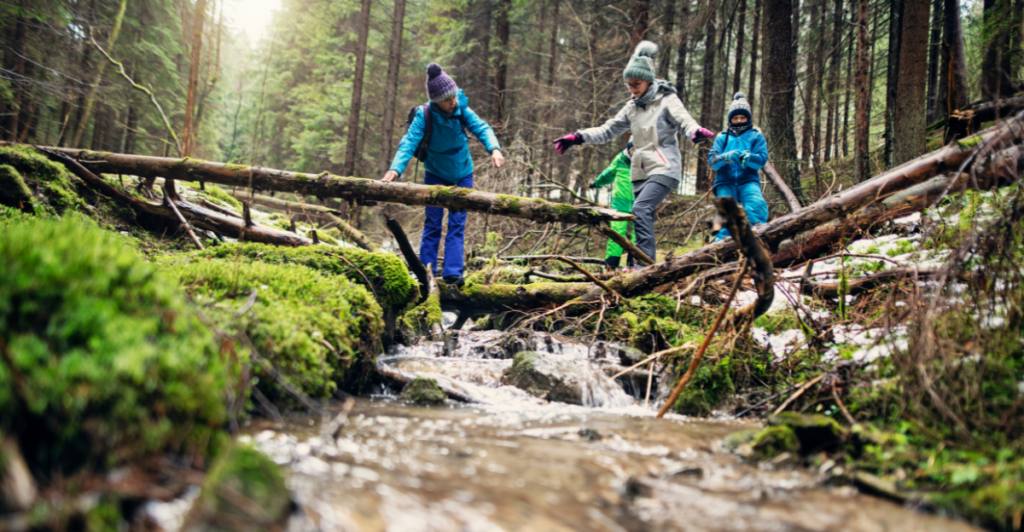
Fixing this problem isn’t rocket science, but it starts with making outdoor spaces more accessible by expanding trails, parks, and outdoor programs. Bringing back outdoor education can reconnect kids to nature, ensuring future generations care about conservation. Nature isn’t a luxury—it’s a necessity, and we need to treat it that way. Finally, proper funding for conservation programs is crucial to protect forests before they disappear.
Are We Going to Let Forests Fade Away?
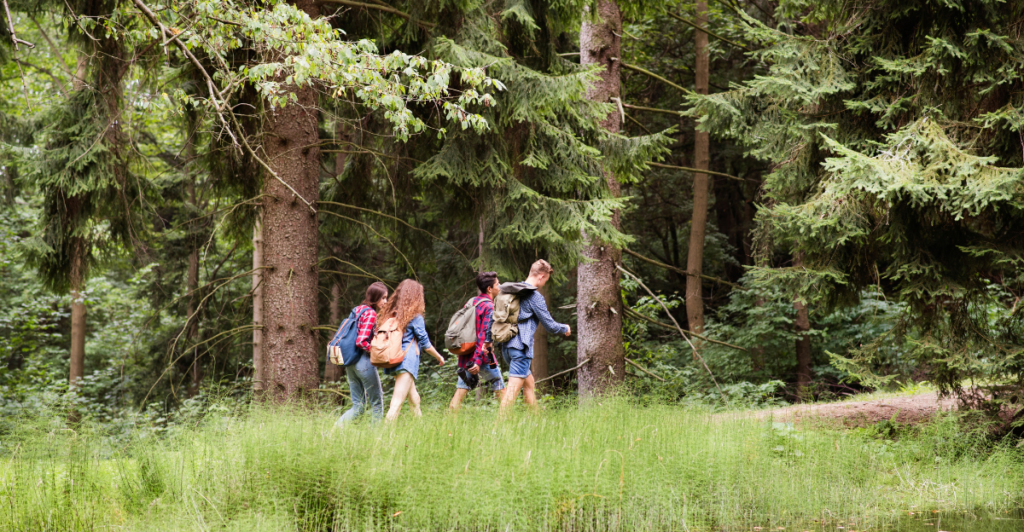
The longer we stay away, the harder it is to come back. Right now, forests need people more than ever, and if we don’t act fast, we might lose them before we even realize what’s happening. So, the real question is: Are we going to keep ghosting the wild, or are we going to show up and fight for it?
Explore more of our trending stories and hit Follow to keep them coming to your feed!
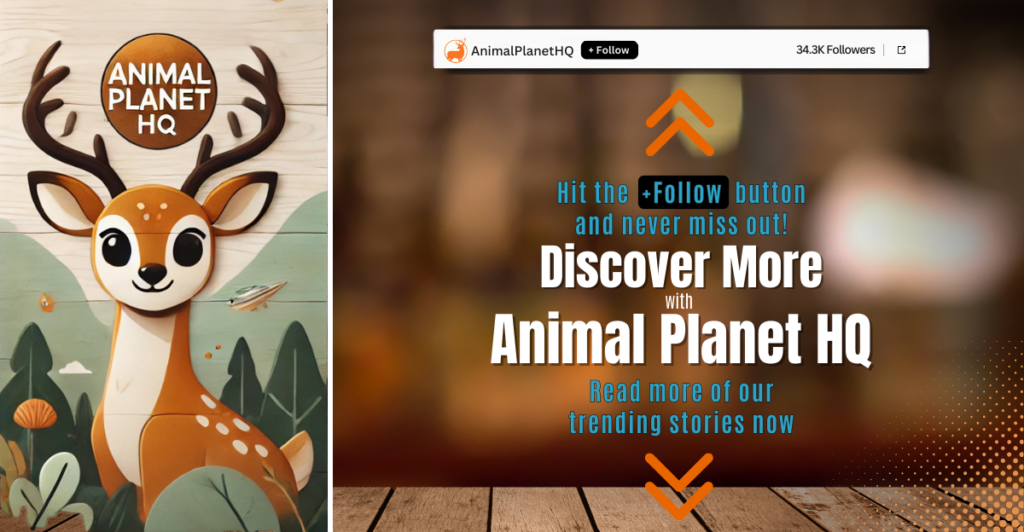
Don’t miss out on more stories like this! Hit the Follow button at the top of this article to stay updated with the latest news. Share your thoughts in the comments—we’d love to hear from you!


